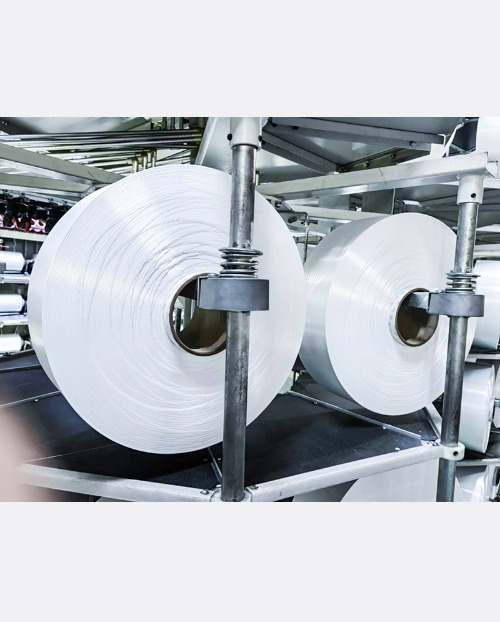What is the role of recycled FDY yarn in reducing textile waste?
In recent years, the textile industry has been grappling with the urgent need to reduce its environmental impact. One innovative solution that has emerged is the use of recycled FDY (Fully Drawn Yarn) in fabric production. This eco-friendly alternative not only helps to minimize waste but also conserves natural resources and lowers the carbon footprint of the fashion industry.
FDY yarn is a type of polyester filament that is known for its strength, durability, and versatility. Traditionally, FDY yarn has been produced from virgin polyester, which is derived from non-renewable petroleum-based resources. However, the production of recycled FDY yarn involves breaking down post-consumer plastic waste, such as PET bottles, into small flakes, which are then melted and extruded into fine filaments.
The resulting recycled FDY yarn possesses the same quality and performance characteristics as its virgin counterpart, making it an ideal substitute in various textile applications. From clothing and home furnishings to industrial fabrics, recycled FDY yarn can be used to create a wide range of products that are both stylish and sustainable.

One of the most significant advantages of using recycled FDY yarn is its potential to divert plastic waste from landfills and oceans. By repurposing discarded plastic bottles into high-quality yarn, manufacturers can help to reduce the amount of plastic pollution that poses a threat to wildlife and ecosystems worldwide. Additionally, the production of recycled FDY yarn requires less energy and water compared to the production of virgin polyester, further reducing its environmental impact.
Many fashion brands and textile manufacturers have already begun to incorporate recycled FDY yarn into their products, recognizing the growing consumer demand for sustainable options. As more companies adopt this eco-friendly material, it has the potential to become an industry standard, driving positive change and setting a new benchmark for responsible textile production.
Recycled FDY yarn represents a promising solution to the textile industry's waste problem. By embracing this innovative material, manufacturers can create high-quality, sustainable products that meet the needs of environmentally conscious consumers while also contributing to a cleaner, greener future for our planet.

 English
English 中文简体
中文简体









